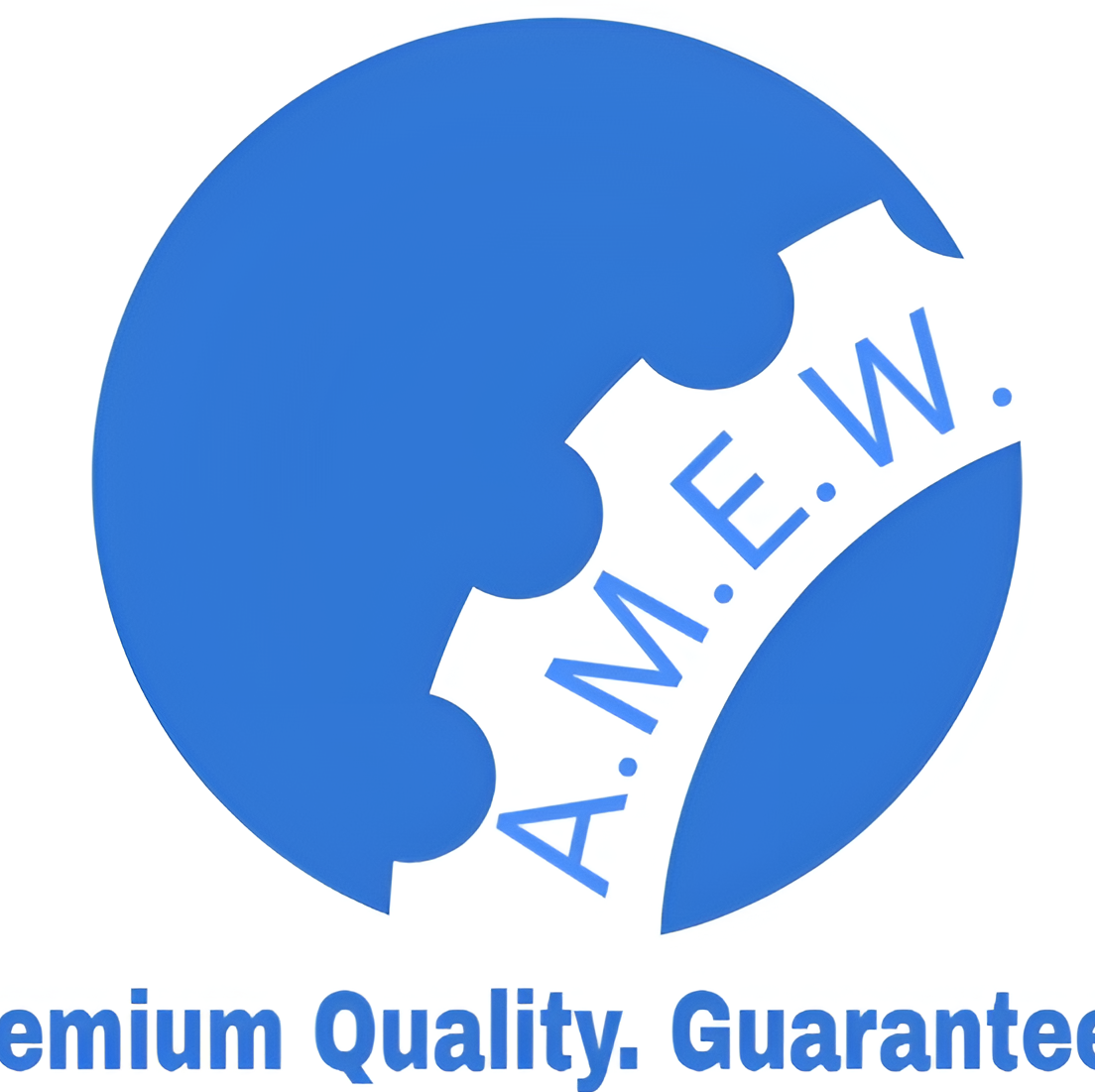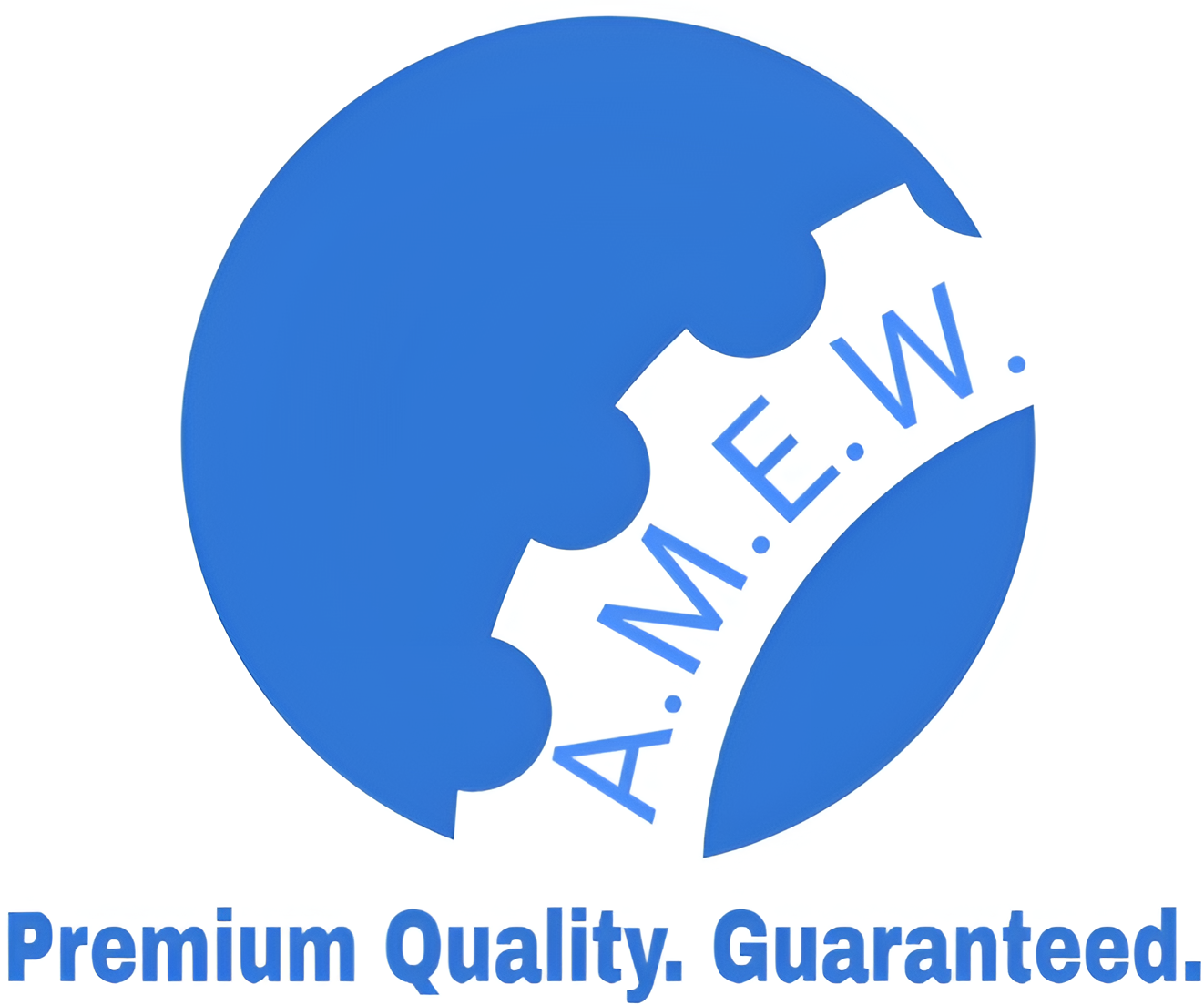Mining Forgings What You Need to Know
Forgings play an essential role in the mining industry, offering unmatched durability and reliability for the demanding conditions faced underground or in open-pit operations. Whether it’s for manufacturing tools, equipment, or structural components, mining forgings ensure the strength and precision necessary for efficient mineral extraction and processing.
This post will explore everything you need to know about mining forgings. From understanding their importance and the types used to material choices, benefits, and even future trends—we’ve got you covered.
What Are Mining Forgings?
At its core, forging is the process of shaping metal through controlled deformation, often using compressive forces such as hammering, rolling, or pressing. Mining forgings specifically refer to components used in the mining industry that undergo this process. These forgings are designed to withstand the harsh conditions of mining operations, such as high impact, wear, and extreme loads.
Common applications of mining forgings include components like:
- Drill bits
- Gears
- Shovels
- Crushers
- Shafts
Each of these applications relies on the inherent strength and resilience that the forging process provides.
Types of Forgings Used in Mining
Mining operations require a range of forged components tailored to their specific functions. Below are the primary types of forgings used:
Drop Forging
Drop forging involves the use of a hammering press or mechanical hammer to shape heated metal. It is commonly used to manufacture tools and equipment that need to withstand high levels of impact, making it perfect for mining tools like hammers or pickaxes.
Press Forging
Unlike drop forging, press forging uses gradual, consistent pressure instead of rapid strikes. This method ensures excellent precision, making it ideal for creating complex and performance-critical components such as hydraulic shafts or heavy machinery gears.
Open-Die Forging
Open-die forging involves shaping the metal between flat dies with no predetermined shape. This technique is ideal for creating large mining equipment or machinery components like massive rollers and crushers. Open-die forging is particularly valued for its ability to produce high-strength parts for use in extreme conditions.
Closed-Die Forging
Closed-die forging restricts metal within a set of dies, creating high-precision, fully formed components. This method is favored for producing small yet intricate mining parts, ensuring excellent consistency and accuracy.
Each type of forging addresses specific requirements within mining operations, highlighting the versatility of the process.
Materials Commonly Used in Mining Forgings
The selection of materials is critical when it comes to mining forgings, as components must handle some of the harshest environments imaginable. Here are the most commonly used materials:
Steel
Steel is one of the most popular choices for mining forgings due to its excellent strength and durability. Different types of steel, including carbon steel and stainless steel, are selected based on application-specific needs. Carbon steel offers high strength and resistance to wear, while stainless steel provides excellent anti-corrosion properties, perfect for moisture-laden mines.
Alloy Steel
Alloy steel is a combination of carbon steel with other materials like chromium, manganese, or nickel. These additional elements enhance its toughness, high-temperature resistance, and overall strength. Alloy steel is frequently used for forging components that face intense mechanical stresses, such as crusher jaws or drill bits.
Titanium
For specialized applications, titanium proves invaluable thanks to its low density and excellent corrosion resistance. Titanium forgings are often deployed in operations that demand lightweight yet strong tools or parts.
Other Materials
Copper and aluminum alloys are also used occasionally for applications requiring high conductivity or reduced weight without compromising durability.
The careful selection of materials ensures that forged components can withstand extreme temperatures, abrasion, and pressure typical in mining environments.
Benefits of Using Forgings in Mining
Using forged components in the mining industry presents a host of advantages:
1. Durability and Longevity
Mining equipment often endures extreme wear and tear. Forging enhances the grain structure of metal, improving its durability and lifespan, which helps reduce the frequency of equipment breakdowns.
2. Strength
The forging process aligns the metal’s grain flow with the shape of the part, resulting in components with exceptional strength. This is critical for heavy-duty equipment that handles significant mechanical loads, like crushers or loaders.
3. Resistance to Wear
Forged parts exhibit improved resistance to abrasion, which is especially advantageous in mining environments loaded with debris, rocks, and minerals.
4. Cost Efficiency
Thanks to their enhanced performance characteristics, forged parts reduce maintenance, replacements, and downtimes in mining operations. This leads to significant cost savings in the long run.
5. Customization
The flexibility of the forging process allows manufacturers to create tailored components perfectly suited to mining-specific applications, ensuring maximum performance.
Case Studies Highlighting Success
The practical application of mining forgings speaks volumes about their importance. Here are a couple of examples showcasing their success in mining operations:
Case Study 1 Mining Efficiency at Project Alpha
A coal mining operation was facing frequent breakdowns of its shovel teeth due to poor material quality. After switching to closed-die steel forgings, these shovel teeth demonstrated a 40% increase in lifespan, leading to fewer replacements and improved productivity.
Case Study 2 Open-Pit Mine Gear Reliability
An open-pit mining operation experienced gear failures in its transport machinery due to insufficient strength. Upgrading to alloy steel forged gears reduced such failures by 60%, saving significant operational costs and minimizing downtimes.
These examples demonstrate how forged components can make a tangible difference in mining efficiency and profitability.
Future Trends in Mining Forgings
Innovations in the mining forgings industry are paving the way for even greater performance and sustainability. Some promising trends include:
Advanced Alloys
Ongoing research into advanced materials aims to create superalloys that are even more durable and corrosion-resistant than current options.
Additive Manufacturing Integration
While forging remains the backbone of component manufacturing, combining it with additive manufacturing techniques (3D printing) is likely to unlock new possibilities for intricate and lightweight designs.
Sustainability Focus
With increasing focus on sustainability, forging operations are adopting greener practices, such as energy-efficient processes and the use of recycled materials.
Smart Forgings
The integration of IoT (Internet of Things) sensors into forged components is on the rise. These ‘smart forgings’ can monitor operations in real time, providing critical insights for predictive maintenance and enhanced performance.
Harness the Power of Mining Forgings in Your Operations
Forgings have established themselves as indispensable to the success of mining operations. Their strength, durability, and resilience make them the ideal choice for producing components capable of withstanding the harsh conditions of the industry.
By understanding the types, materials, and benefits of mining forgings, you can enhance your operations to achieve greater efficiency and reliability. With new innovations on the horizon, the future of mining forgings looks brighter than ever.
Equip your operation with the best. Explore high-performance mining forgings tailored to your needs and experience the difference they make.

